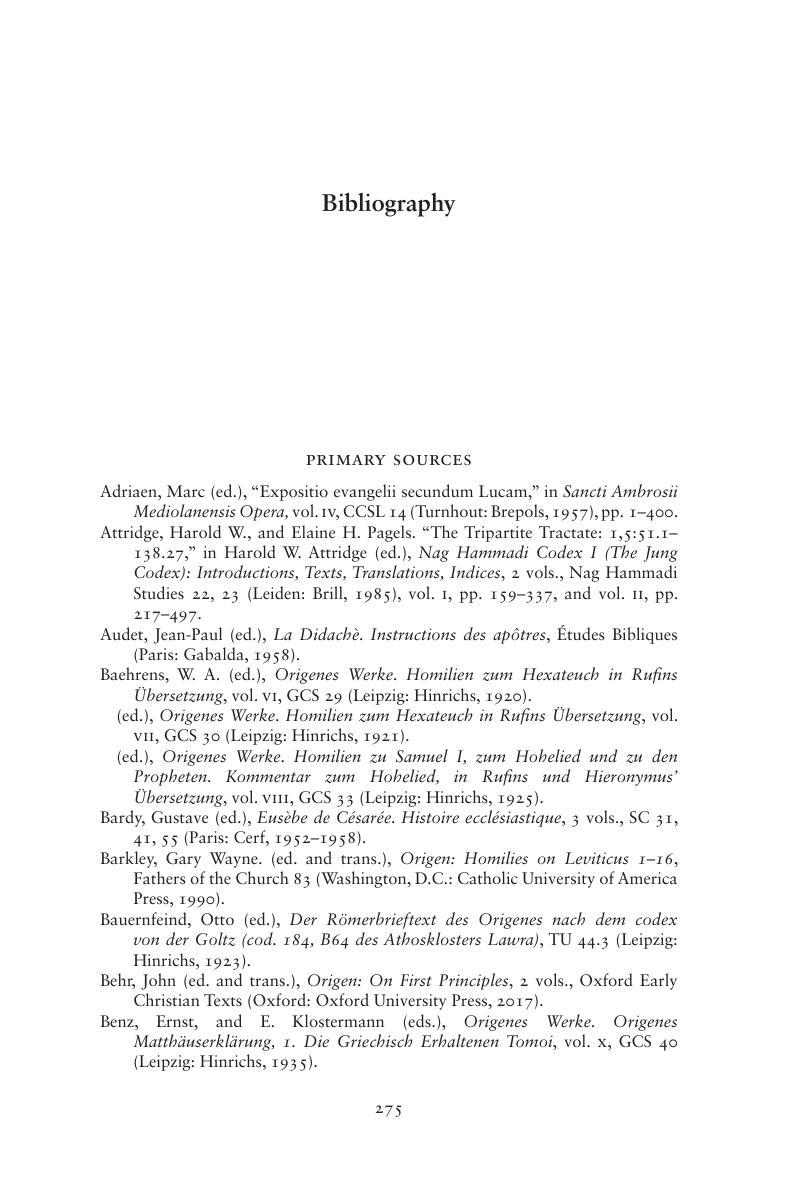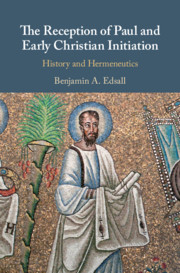Book contents
- The Reception of Paul and Early Christian Initiation
- The Reception of Paul and Early Christian Initiation
- Copyright page
- Dedication
- Contents
- Preface
- 1 Introduction
- 2 Catechesis and the Catechumenate: A Historical Sketch
- 3 Narrating the Catechist in the Acts of Paul
- 4 Clement’s Pedagogical Interpretation: Milk and Meat
- 5 Cultivating the Soul: Origen’s Catechetical Paul
- 6 Paul the Catechist, Chrysostom, and the Fourth Century
- 7 Textual Resources and a Catechetical Paul
- 8 Conclusion: Reception as Iteration – A Sketch
- Appendix Chart of Chrysostom’s Catecheses
- Bibliography
- Book part
- References
Bibliography
Published online by Cambridge University Press: 28 March 2019
- The Reception of Paul and Early Christian Initiation
- The Reception of Paul and Early Christian Initiation
- Copyright page
- Dedication
- Contents
- Preface
- 1 Introduction
- 2 Catechesis and the Catechumenate: A Historical Sketch
- 3 Narrating the Catechist in the Acts of Paul
- 4 Clement’s Pedagogical Interpretation: Milk and Meat
- 5 Cultivating the Soul: Origen’s Catechetical Paul
- 6 Paul the Catechist, Chrysostom, and the Fourth Century
- 7 Textual Resources and a Catechetical Paul
- 8 Conclusion: Reception as Iteration – A Sketch
- Appendix Chart of Chrysostom’s Catecheses
- Bibliography
- Book part
- References
Summary

- Type
- Chapter
- Information
- The Reception of Paul and Early Christian InitiationHistory and Hermeneutics, pp. 275 - 307Publisher: Cambridge University PressPrint publication year: 2019



